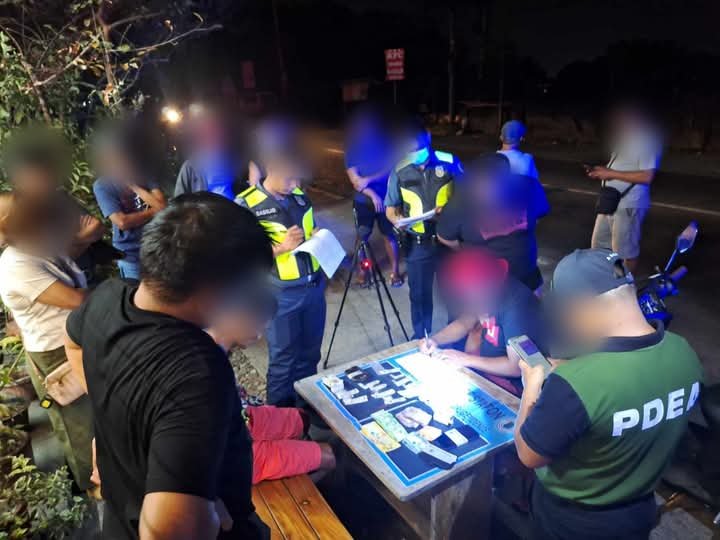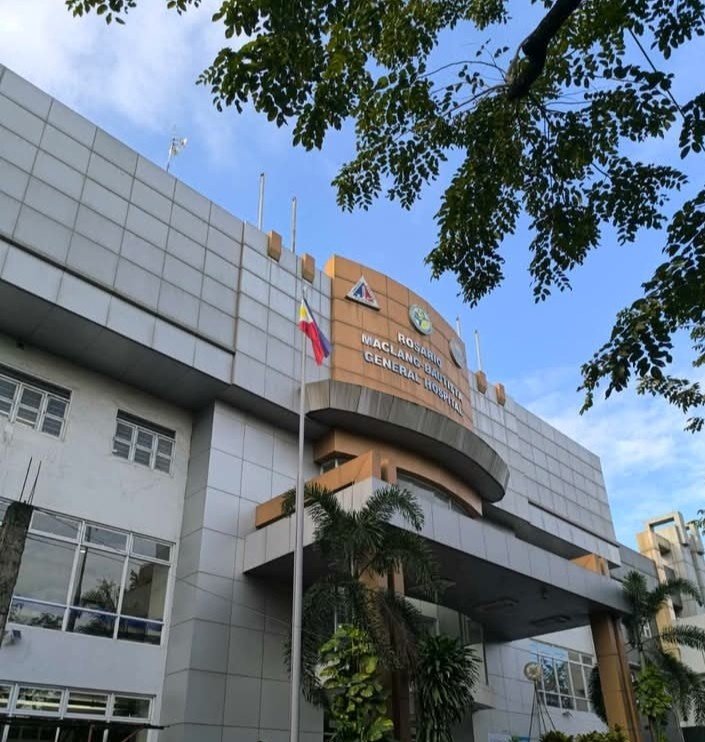
A TOTAL of ₱21.43 billion worth of dangerous drugs and controlled precursors and essential chemicals or CPECs were seized from January 1 to December 31, 2024, according to the Philippine Drug Enforcement Agency (PDEA).
Majority of the confiscated drugs were methamphetamine hydrochloride, or shabu, accounting for 2.55 tons; 32.74 kilograms of cocaine; 66,540 pieces of ecstasy tablets; 939.73 kilograms of kush; and 3.09 tons of dried marijuana leaves and bricks.
Of the ₱21.43 billion seizures in 2024, ₱5.52 billion worth of illegal drugs were seized during PDEA-led operations, together with other law enforcement agencies such as the National Bureau of Investigation (NBI), Bureau of Customs (BOC), Philippine Coast Guard (PCG), Philippine Navy (PN), Philippine Ports Authority (PPA), Armed Forces of the Philippines (AFP), and Bureau of Jail Management and Penology (BJMP); ₱2.75 billion worth of pieces of drug evidence were confiscated by PDEA, in collaboration with the Philippine National Police (PNP); ₱13.10 billion worth of drugs were seized by the PNP alone; and ₱60 million were courtesy of anti-drug operations led by the NBI, in collaboration with PDEA and the PNP.
On the other hand, a total of 38,545 anti-drug operations were conducted in 2024 that led to the arrest of 51,264 drug personalities. Out of the 38,545 anti-drug operations, 1,455 of them were led by PDEA, with the support of other law enforcement agencies which led to the arrest of 2,881 drug personalities; 1,857 operations were jointly done by PDEA and the PNP resulting in the apprehension of 1,890 suspects; 35,201 operations and arrests of 46,450 suspects were recorded by the PNP; while 32 operations and arrests of 43 suspects were done by the NBI with other law enforcement agencies.
The ₱21.43 billion seizure is 32 percent higher than the recorded seizure of ₱16.24 billion in 2023.
These substantial seizures are a testament to the government’s efforts to actively pursue high-level drug traffickers and organized criminal networks involved in the country’s illegal drug trade. The enhanced inter-agency coordination and collaboration among concerned law enforcement agencies also remains a key factor in reducing illegal drugs in the streets.





